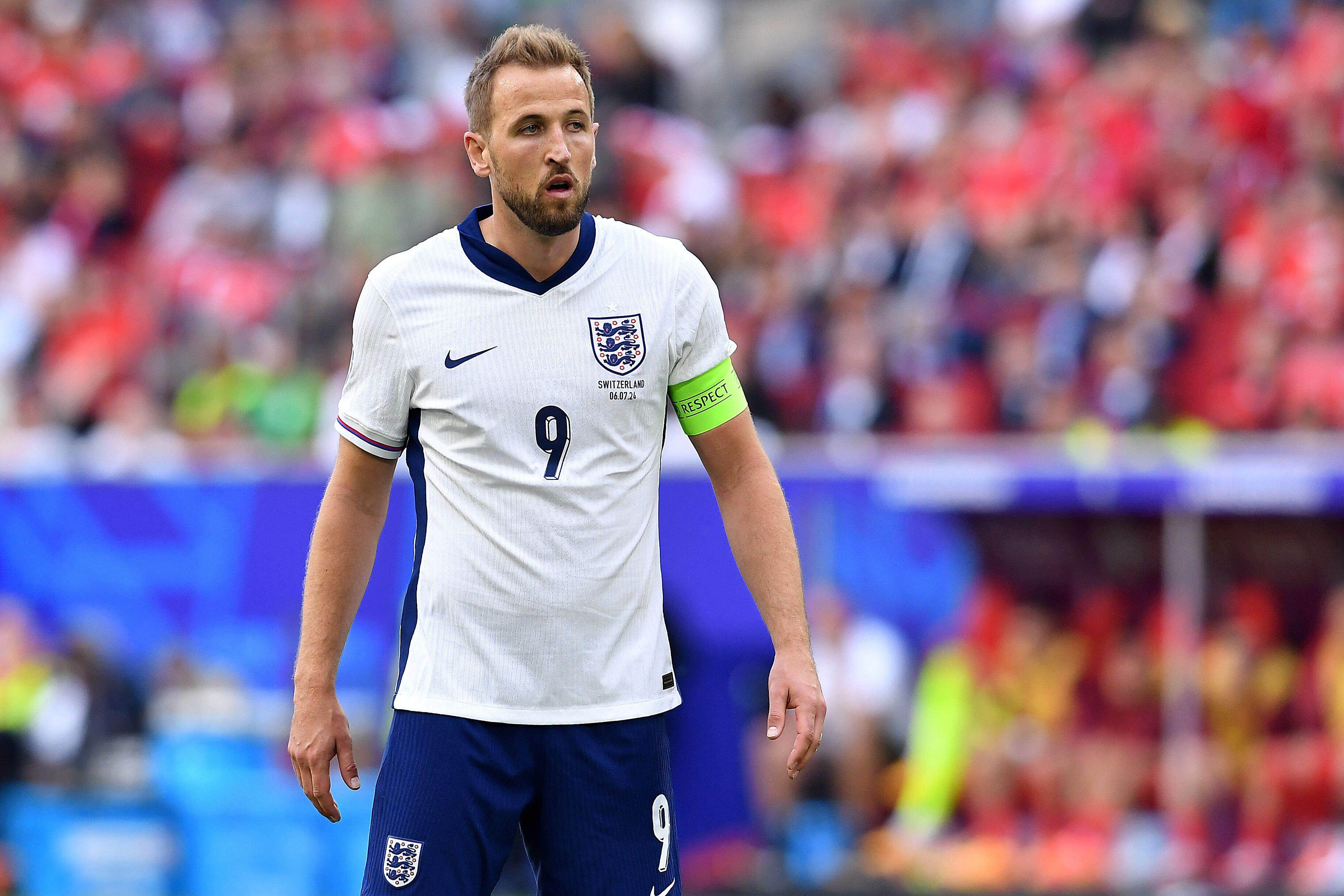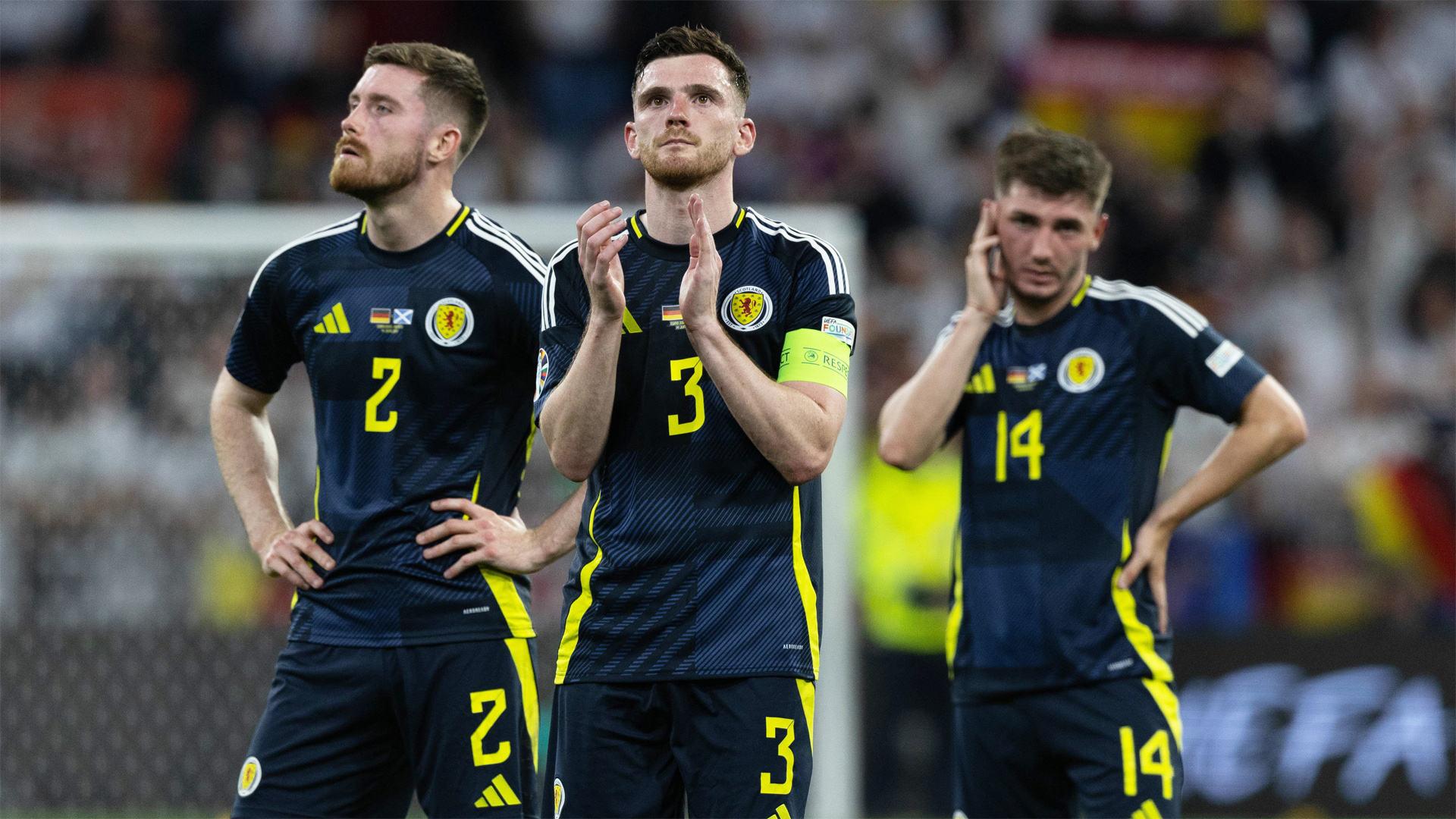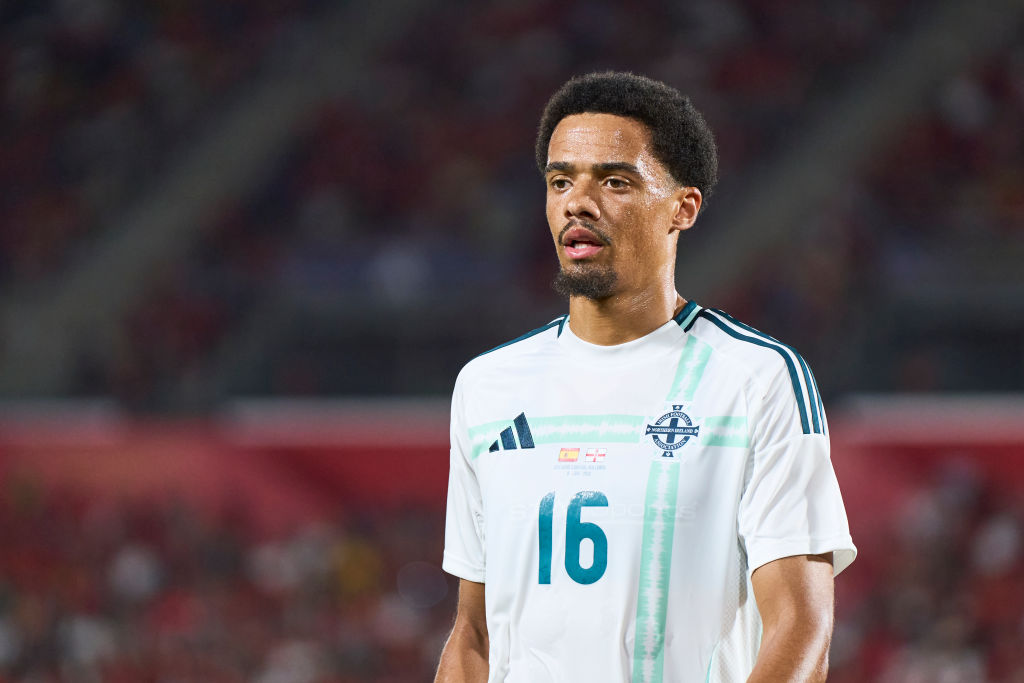
The Nations League will get back under way this month with countries from across the UEFA confederation competing for promotion, relegation, and the Nations League trophy.
Scotland are the only one of the Home Nations who have a chance of getting their hands on the prize, however, with England, Wales and Northern Ireland all having to settle for the satisfaction of going for promotion or avoiding the drop down into the next tier.
The competition remains divided into four leagues, which in turn are split into groups - and this time around, practically every place in the competition has something on the line thanks to a few format changes UEFA have introduced.
VIDEO: Why Raheem Sterling Could Actually Be PERFECT For Arsenal Specifically
Nations League quarter-final stage introduced
Under the old format, the four group winners in Group A would advance directly to the semi-finals.
Now, the runners-up in each group will get another chance to make the final four thanks to a new innovation UEFA bigwigs are calling 'quarter-finals'.
Each group winner will play a runner-up from a different group in a two-legged quarter-final (with the runners-up hosting first). The winners of the quarter-finals - and you won't believe this - go through the semi-finals. The two semis, the final and the third-place play-off are all just one-legged.
Nations League now has promotion/relegation play-offs

Promotion and relegation has always been a feature of the Nations League, with the bottom sides in each group in Leagues A and B dropping down a tier while the four League C teams were paired off into two matches, with the two losers going down into League D. The group winners from the divisions below would be promoted in their place.
This season's edition will still have automatic promotion and relegation for the top and bottom sides in Leagues A, B and C - but on top of that, we're also getting promotion/relegation play-offs
That means that for instance, the third-placed sides in Leagues A and B will face the second-placed sides in Leagues B and C respectively.
Because League D only has two groups instead off four, the third-placed sides in League C don't actually do anything. Instead, the two worst-ranked fourth-placed League C sides will be automatically relegated and replaced by the two League D group winners. The other two fourth-placed League C sides will play promotion/relegation play-offs against the two League D runners up.
What does the Nations League mean for World Cup qualification?
Oh, it's complicated, but basically: World Cup qualification is done separately in a group format.
The 12 group winners in the World Cup qualifiers go straight to the World Cup, and the runners-up enter the play-offs - and are joined by the four best Nations League group winners who have not otherwise qualified for the play-offs.
Who will England, Scotland, Wales and Northern Ireland play in the Nations League?

Last time out, Scotland topped their group in League B and thus were promoted into League A - the top league - and have been drawn into a group alongside Croatia, Portugal and Poland.
England and Wales both finished bottom of their Nations League groups without winning a game in 2022/23, and will now compete in League B. England been drawn with Finland, the Republic of Ireland (who have not changed leagues) and Greece, while Wales will face Iceland, Montenegro and Turkey.
Northern Ireland meanwhile stay in Group C, and will face Luxembourg, Bulgaria and Belarus.
More stories
England star to pull out of Nations League squad, in big blow to Lee Carsley
Alan Shearer responds to calls for boxing match with Roy Keane
Quiz! Can you name every club playing in Europe this season?







